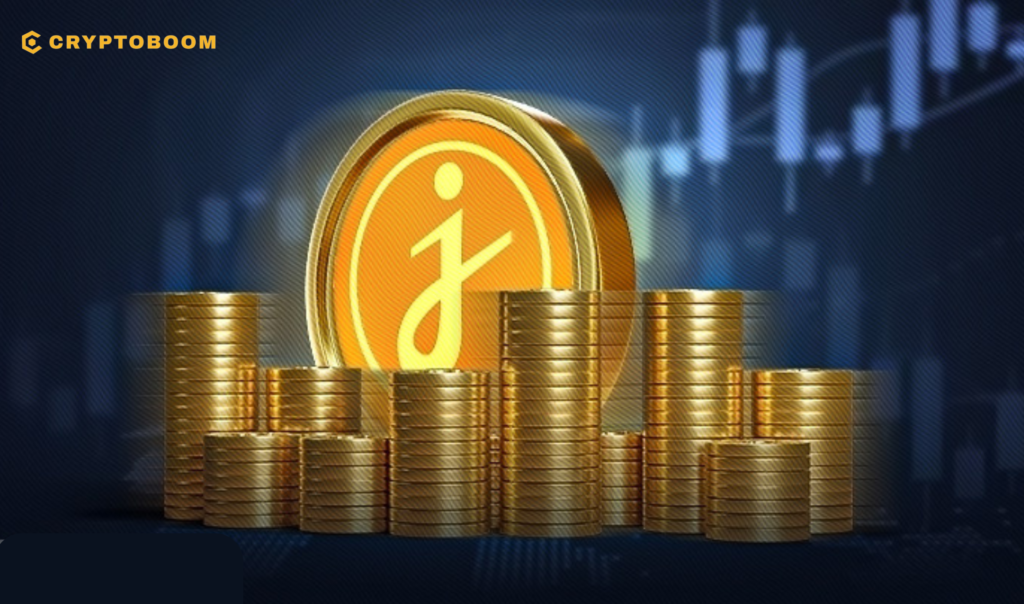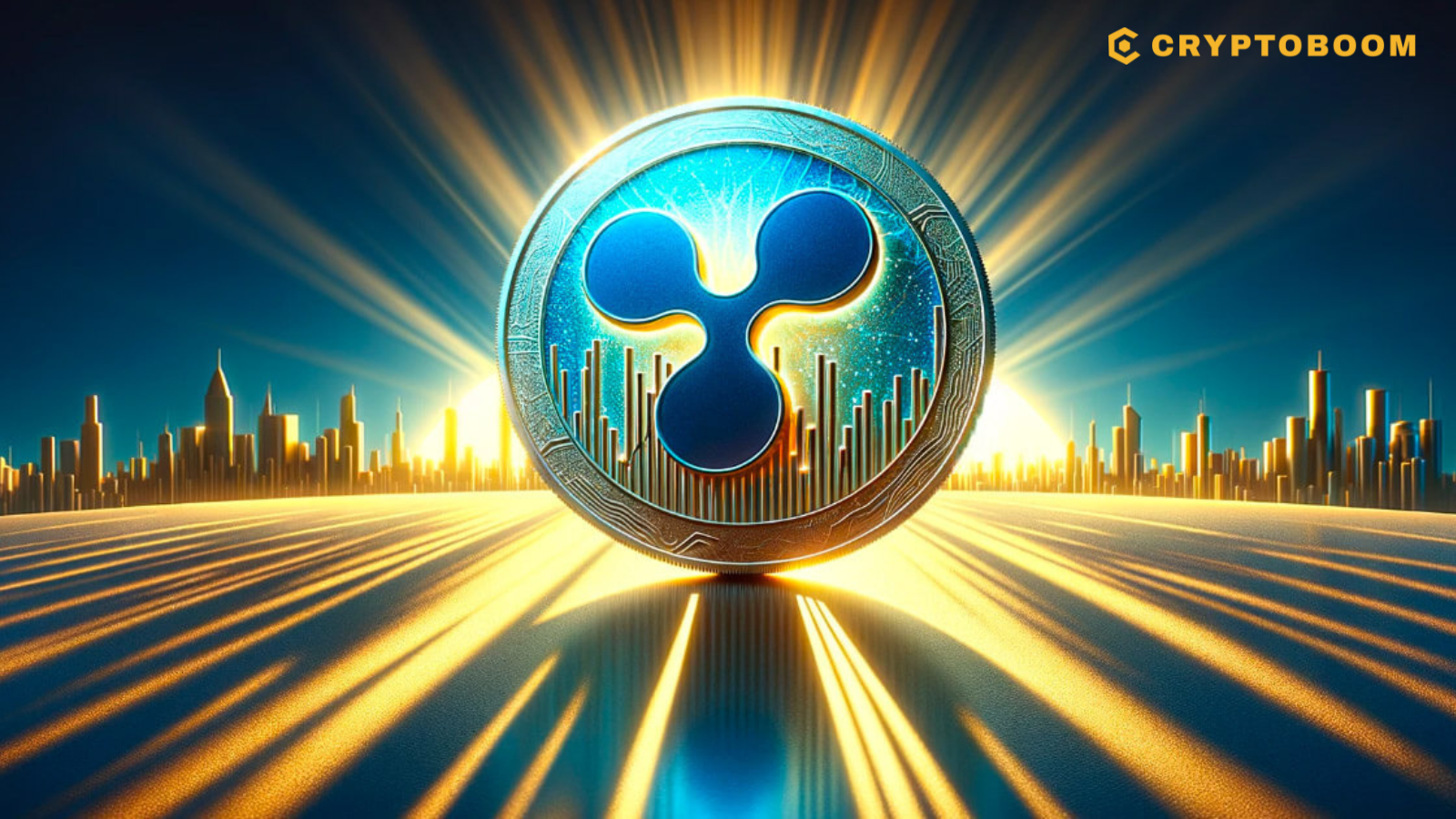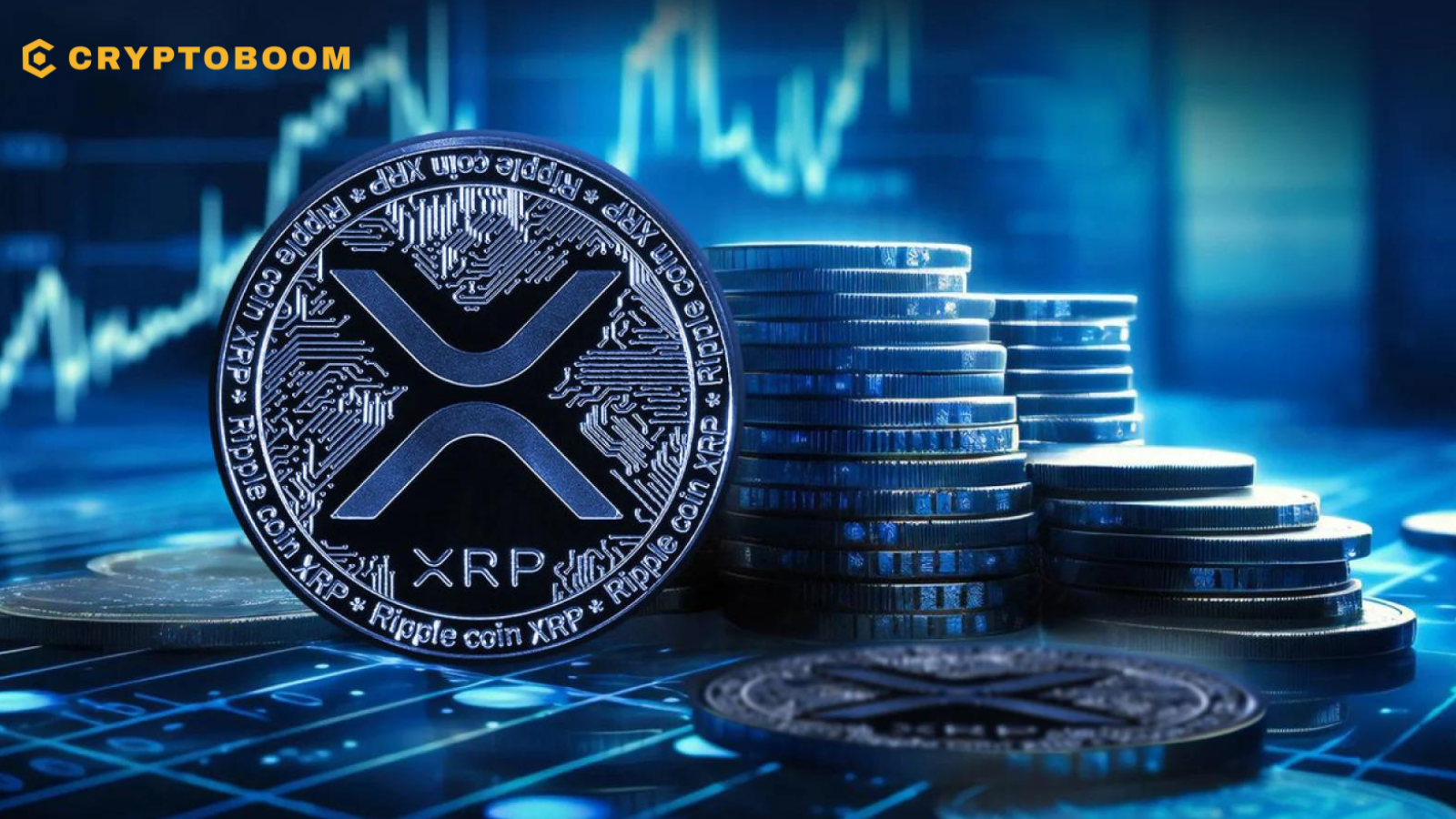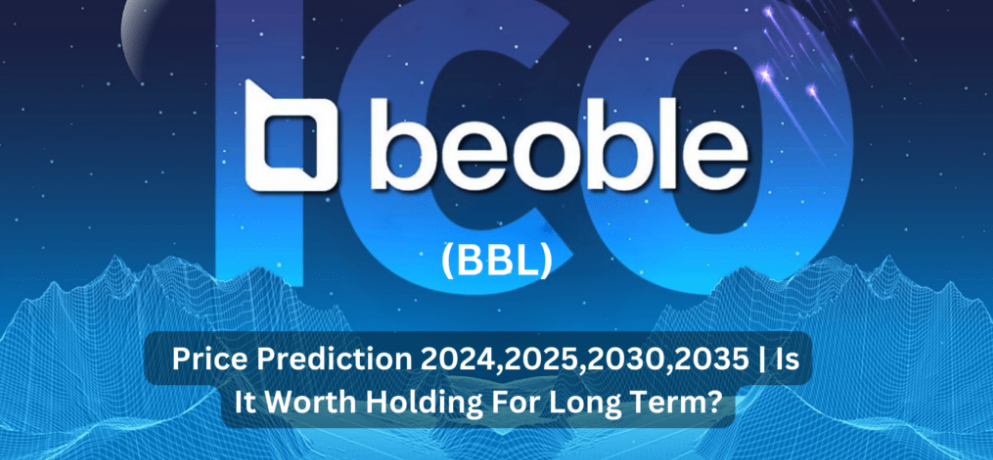The global influence of cryptocurrencies continues to grow, reshaping traditional financial landscapes and offering new avenues for innovation and investment. Among the multitude of cryptocurrencies, Frax Protocol (Frax Protocol) has emerged as a significant player, introducing a novel approach to stablecoin technology. In this article, we explore the history, features, and potential future of Frax Protocol, along with detailed price predictions for the years ahead.
Cryptocurrency Overview
What Is Frax Protocol (Frax Protocol)?
Frax Protocol stands out as the first fractional-algorithmic stablecoin system, embodying principles of decentralization, scalability, and algorithmic stability. Built on Ethereum with potential cross-chain implementations, Frax aims to provide a highly scalable, decentralized alternative to fixed-supply digital assets like BTC. The protocol employs a fractional-algorithmic model, dynamically adjusting the collateralization ratio based on market demand to maintain stability around $1 per coin.
Who Are The Founders Of Frax Protocol?
The visionary behind Frax Protocol is American software developer Sam Kazemian, who conceived the idea of a fractional-algorithmic stablecoin in 2019. Alongside Kazemian, the founding team comprises engineers Travis Moore and Jason Huan. Kazemian’s vision stemmed from the observation of rapid stablecoin growth lacking a blend of algorithmic monetary policy and collateralization. Frax Protocol was designed to address this gap, leveraging market confidence in a hybrid stablecoin model.
What Makes Frax Protocol Token Unique?
Frax Protocol distinguishes itself through its community-driven governance and unique stablecoin design. Over 60% of the FXS token supply is allocated to liquidity providers and yield farmers over time, fostering a decentralized ecosystem. As the first and only stablecoin with a fractional-algorithmic hybrid design, Frax Protocol pioneers a new category of stablecoins, emphasizing autonomy and resilience.
How Many Frax Protocol (Frax Protocol) Coins Are There in Circulation?
The supply of FRAX stablecoin is dynamic, adjusting to maintain stability around $1 per coin. In contrast, the supply of Frax Shares (FXS) tokens is hard-capped at 100 million tokens with no inflation schedule. FXS serves as the governance token, accruing value from minted FRAX, fees, and excess collateral, while FRAX serves as the currency token.
How Is the Frax Protocol Network Secured?
Frax Protocol utilizes a chain architecture called Chainweb, enhancing security and throughput by combining proof-of-work blockchains. This architecture ensures a single view of transaction history across chains, mitigating potential attacks. Additionally, Frax Protocol’s smart contract language, Pact, prioritizes security with its human-readable and Turing-incomplete design.
Read more: Joe (JOE) Price Prediction 2024, 2025, 2030, 2035, 2040 | Is JOE Worth Holding?
Frax Protocol Price Predictions by Year
Predicting the future price of any cryptocurrency is speculative, influenced by various factors such as market trends, technological advancements, and regulatory developments. Nonetheless, based on historical data and projected growth, we provide estimated price ranges for Frax Protocol (FRAX) in the years ahead:
- 2024:
- Max: $1.8
- Avg: $1
- Min: $0.7
- 2025:
- Max: $3
- Avg: $2.5
- Min: $1.8
- 2030:
- Max: $5
- Avg: $4
- Min: $3.9
- 2035:
- Max: $9
- Avg: $8
- Min: $6
Read more: Synthetix (SNX) Price Prediction 2024, 2025, 2030, 2035, 2040 | Is SNX Worth Holding?
Detailed Yearly Predictions
2024:
In 2024, Frax Protocol’s price is expected to experience moderate growth, with a maximum projected price of $1.8. Factors such as increased adoption, technological advancements, and market sentiment may influence this growth trajectory.
2025:
By 2025, Frax Protocol’s price could surpass $3, reflecting continued growth and maturation of the platform. Potential partnerships, regulatory developments, and market dynamics may contribute to this upward trajectory.
2030:
In 2030, Frax Protocol’s price may reach $5, driven by widespread adoption and integration with traditional financial systems. Continued innovation, scalability enhancements, and regulatory clarity could fuel this growth.
2035:
By 2035, Frax Protocol’s price could potentially reach $9, solidifying its position as a leading stablecoin platform. Strategic partnerships, global adoption, and technological advancements may propel Frax Protocol to new heights.
We're on Twitter, follow us to connect with us: @Cryptoboom
— Cryptoboom (@Cryptoboom29884) April 15, 2024
Buying Guide
Purchasing Frax Protocol (FRAX) tokens is a straightforward process, similar to acquiring other cryptocurrencies. Here’s a step-by-step guide:
- Choosing an Exchange: Frax Protocol tokens are available on several exchanges, including Binance, Bithumb, and Balancer. Select an exchange that aligns with your preferences in terms of fees, security, and user interface.
- Setting Up an Account: Create an account on your chosen exchange, providing necessary personal information and undergoing a verification process.
- Selecting Payment Methods: Link a payment method to your exchange account, choosing from options like bank transfers, credit cards, or PayPal.
- Storing Frax Protocol Securely: After purchasing FRAX tokens, consider transferring them to a private wallet for enhanced security. Hardware wallets offer optimal protection for long-term storage, safeguarding your assets from potential cyber threats.
How Can Crypto Investors Use Frax Protocol (Frax Protocol)?
Crypto investors can leverage Frax Protocol (FRAX) tokens in various ways:
- Buy and Hold: Accumulate FRAX tokens with the expectation of long-term value appreciation, banking on the platform’s potential for growth and stability.
- Trade: Engage in active trading on cryptocurrency exchanges, capitalizing on short-term price fluctuations to generate profits.
- Use The Platform: Explore Frax Protocol’s ecosystem and participate in tasks to earn FRAX tokens as payment. This approach allows investors to gain firsthand experience with the platform while potentially earning additional tokens.
Frequently Asked Questions
- Does Frax Protocol have a future?
Yes, Frax Protocol demonstrates strong potential for continued growth and adoption, driven by its innovative stablecoin model and community-driven governance. - Will Frax Protocol (FRAX) reach $10?
While $10 is a speculative target, Frax Protocol’s growth trajectory and unique value proposition could make this price achievable in the long term. However, investors should consider market dynamics and conduct thorough research before making investment decisions. - Is Frax Protocol secure?
Yes, Frax Protocol prioritizes security through its decentralized architecture, rigorous smart contract design, and ongoing efforts to enhance platform resilience. However, investors should remain vigilant and implement best practices for securing their assets.
Conclusion
In conclusion, Frax Protocol (Frax Protocol) represents a significant innovation in the stablecoin space, offering a decentralized, scalable alternative to traditional digital assets. With its fractional-algorithmic model, community-driven governance, and potential for widespread adoption, Frax Protocol presents compelling opportunities for investors and users alike. However, it’s essential to recognize the inherent volatility and unpredictability of the crypto market, emphasizing the importance of staying informed and exercising caution in investment decisions. As Frax Protocol continues to evolve and mature, navigating the dynamic crypto landscape requires diligence, adaptability, and a long-term perspective.














